Myobrace in Toronto at Archer Dental – Straighten Childrens’ Teeth Without Braces
Archer Dental now proudly offers Myobrace®, a no-braces approach to straightening children’s teeth and jaws.
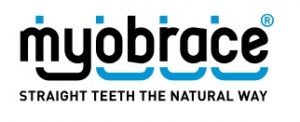 That’s right, orthodontics with no braces.
That’s right, orthodontics with no braces.
What is Myobrace?
Myobrace focuses on treating the underlying causes of children’s crooked teeth by gently re-aligning and correcting less than optimal bites and jaw alignments in their younger and slightly more malleable mouths.
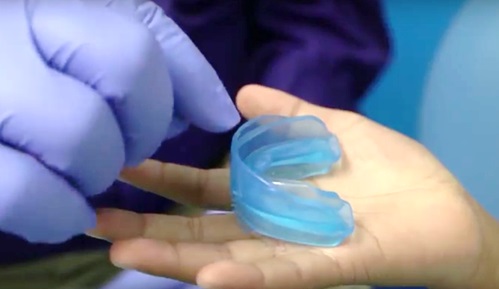
Child holds his custom fit Myobrace
The same principles can also be applied to correct bites in older people, but the device and practice is slightly different (next month, we’ll also be writing about Myosa).
Trusted by reputable dentists and orthodontists in almost fifty countries around the world, Myobrace has already successfully treated millions of children, and is now available at all three Archer Dental locations in Toronto, Canada.
Nature vs Nurture as it relates to Crooked Teeth
There is a great debate raging in dental circles about what really causes crooked teeth. Is it genetics, as we always believed, that leaves people helpless to their body’s dental development? Or is having a misshapen mouth as a teenager the result of inferior breathing habits learned in early childhood? There are arguments on both sides but dentists at Archer Dental are now leaning toward the latter.
It’s common for parents and grandparents to look at their small children and recognize their own noses and eyes, and their own crooked teeth. At the same time, parents often scold toddlers for sucking their thumbs which they believe, and which many orthodontists have told them, is a leading cause of ‘buck teeth’ and misaligned mouths. So, which is the true culprit? Or is every case different and perhaps genes and behaviour are both factors?

Dr Chris Farrell at MRC, Australia
New thinking suggests crooked teeth are not so much inherited as they are trained, and that misshapen bites are the negative result of a child’s breathing patterns and poor myofunctional habits. This means that with a little work, it may be possible for small children to not inherit the crooked smiles of their parents and grandparents.
Myobrace originates from the work of Australian orthodontist Dr Chris Farrell who is also the CEO of Myofunctional Research Corp (MRC). MRC has been developing innovative intra-oral appliances to treat the causes of malocclusion and TMJ disorder since 1989. MRC develops educational resources to change people’s perceptions about oral health development and to provide both the public and professionals with informative teaching materials that highlight the importance of correcting bad myofunctional habits in children as early as possible. To this end, MRC’s mission statement is: “To Improve the facial and dental development of the growing child and allow treatment for orthodontic and TMJ disorders to be available to all populations with the use of modern and less complex techniques”.
Under Dr. Chris Farrell’s leadership, from 1989 to present day, MRC developed their dental trainers for treating malocclusion into a range of appliance systems suitable for growing children of all ages.
 Myofunctional Therapy aims to correct dental dysfunction
Myofunctional Therapy aims to correct dental dysfunction
Certain conditions and habits learned in childhood can negatively impact oral posture and function. The result is called a myofunctional disorder. Though there are different kinds of disorders, all involve a change in the amount of vertical space between the dental arches when the mouth is at rest, or what dentists and other health practitioners call ‘freeway space’. One of the main goals of myofunctional therapy is to normalize this space by teaching patients new ways of chewing, breathing and swallowing, ultimately encouraging proper function instead of dysfunction. Myofunctional therapy can help people of all ages train themselves out of having bad dental posture and is especially effective in children.
Myobrace discourages incorrect myofunctional habits
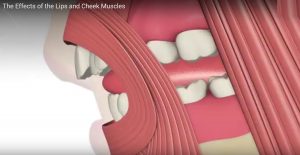 The specially fitted plastic hardware makes thumb-sucking, nail-biting, and tongue thrusting quite impossible. Instead the device reinforces positive myofunctional behaviour such as closed-lip nasal breathing and proper tongue function and swallowing patterns. The innovation aims to create a normal and harmonious oral-facial muscle environment, and to restore balance to the mouth, face, head, neck and body.
The specially fitted plastic hardware makes thumb-sucking, nail-biting, and tongue thrusting quite impossible. Instead the device reinforces positive myofunctional behaviour such as closed-lip nasal breathing and proper tongue function and swallowing patterns. The innovation aims to create a normal and harmonious oral-facial muscle environment, and to restore balance to the mouth, face, head, neck and body.
Mouth breathing – When children breath through their mouths rather than their nose, their tongue doesn’t rest in the roof of the mouth properly. This often results in an underdeveloped upper jaw and restricts the forward growth of the lower jaw. Along with the concern of teeth crowding and the resultant crooked teeth, incorrect development of the upper jaw can affect a child’s breathing by restricting their air intake.
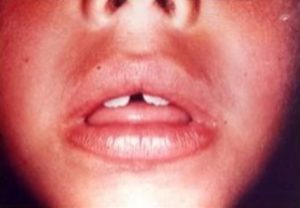
Child tongue thrusting
Tongue thrusting is the common name for an orofacial muscular imbalance which manifests as a bad habit. Tongue thrusting occurs when the individual takes comfort in moving their tongue forward so that it protrudes through the anterior incisors during swallowing, speech, and even while the tongue is at rest. The other name for this is ‘reverse swallowing’ (which along with the picture to the left, might help you to visualize and understand this oral habit better.) People who tongue thrust are at serious risk of developing oral deformities and other preventable ailments and dysfunctions over time.
Thumb sucking and nail biting are two other negative myofunctional habits that should be discouraged in small children. Bear in mind there is difference between resting a thumb in the mouth and a child actively sucking their thumb. The former is natural and was probably practiced by the infant in the womb, while the later could lead to tongue thrusting as detailed above.
Allergies, asthma and an open mouth posture also contribute to incorrect jaw development. Growing up, most of us have had one or more of these myofunctional problems, which may have been the cause of incorrect dental and facial development.
Sleep Disorders can result from mouth breathing while at rest, and these are a self perpetuating cycle for deteriorating oral health. As well as affecting jaw and facial development, the medical profession now recognizes that mouth breathing is abnormal and is one of the main contributors to Sleep Disordered Breathing (SDB) problems. Generally speaking, children that snore are often tired in the morning and are more likely to have learning problems and other developmental challenges. If left untreated in a child, SDB will likely result in more and greater health problems and a poorer quality of life in general for sufferer as an adult.
Symptoms commonly associated with Sleep Disordered Breathing (SDB) can include:
- Developmental and behavioural problems
- Snoring
- Gasping
- Obstructive Sleep Apnea
- Interrupted sleep
If your child suffers from any of these SDB symptoms, please consider scheduling an appointment at any of our three locations for a health exam. Early evaluation for the signs of poor jaw development and immediate remedial action can save your family financially and dramatically improve the quality of life for your child.
What is Myobrace?
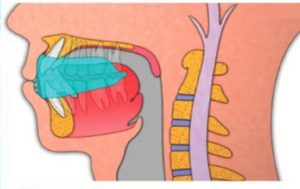 The Myobrace®System is a preventive pre-orthodontic treatment that focuses on addressing the underlying causes of crooked teeth, often without the need for braces or extraction of teeth. Myobrace is a series of removable intra-oral appliances that unlock natural growth and development. Treatment is best suited to children aged 3 to 15 and involves wearing myobrace in the mouth for one or two hours each day plus overnight while sleeping.
The Myobrace®System is a preventive pre-orthodontic treatment that focuses on addressing the underlying causes of crooked teeth, often without the need for braces or extraction of teeth. Myobrace is a series of removable intra-oral appliances that unlock natural growth and development. Treatment is best suited to children aged 3 to 15 and involves wearing myobrace in the mouth for one or two hours each day plus overnight while sleeping.
How to get your child started on Myobrace?
Visit the dentists at Archer Dental for analysis. Additionally, and perhaps before you book your visit, you could continue your research and answer Myobrace ten point questionnaire. The Myobrace questionnaire is an online evaluation which allows you to screen your child for ‘the causes’ that may be negatively affecting his or her jaw and facial development. The document asks for insights on how your child breathes, their posture, the open or closed position of their mouth and tongue at rest, as well as information on the way they swallow. These are their myofunctional habits and MRC will attempt to link these behaviours to the way your child’s teeth and jaws develop. You can print the questionnaire or send the results to the dental office prior to or during your first visit to Archer Dental.

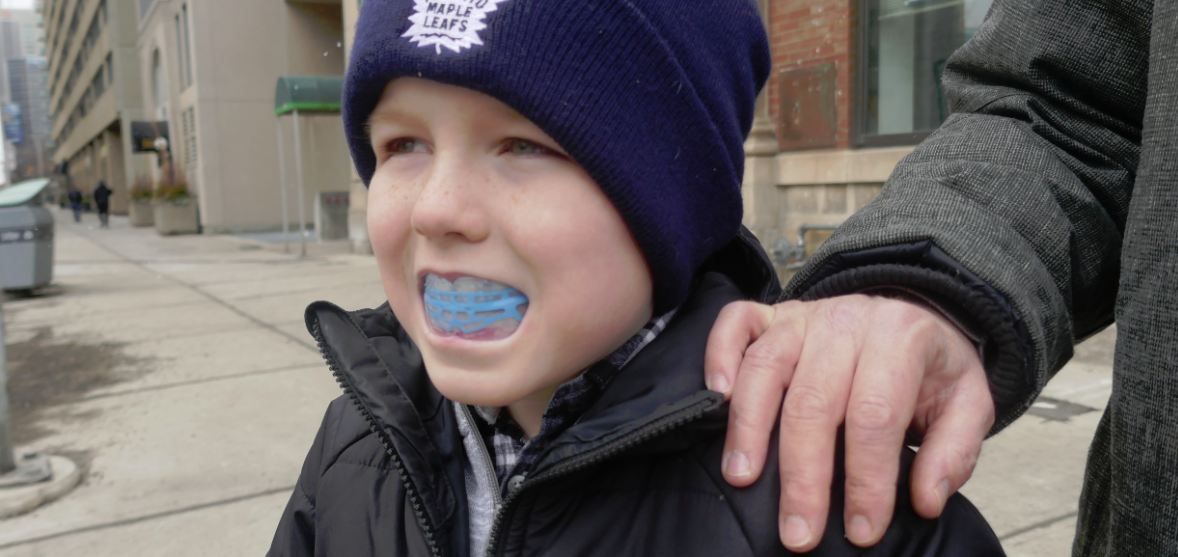
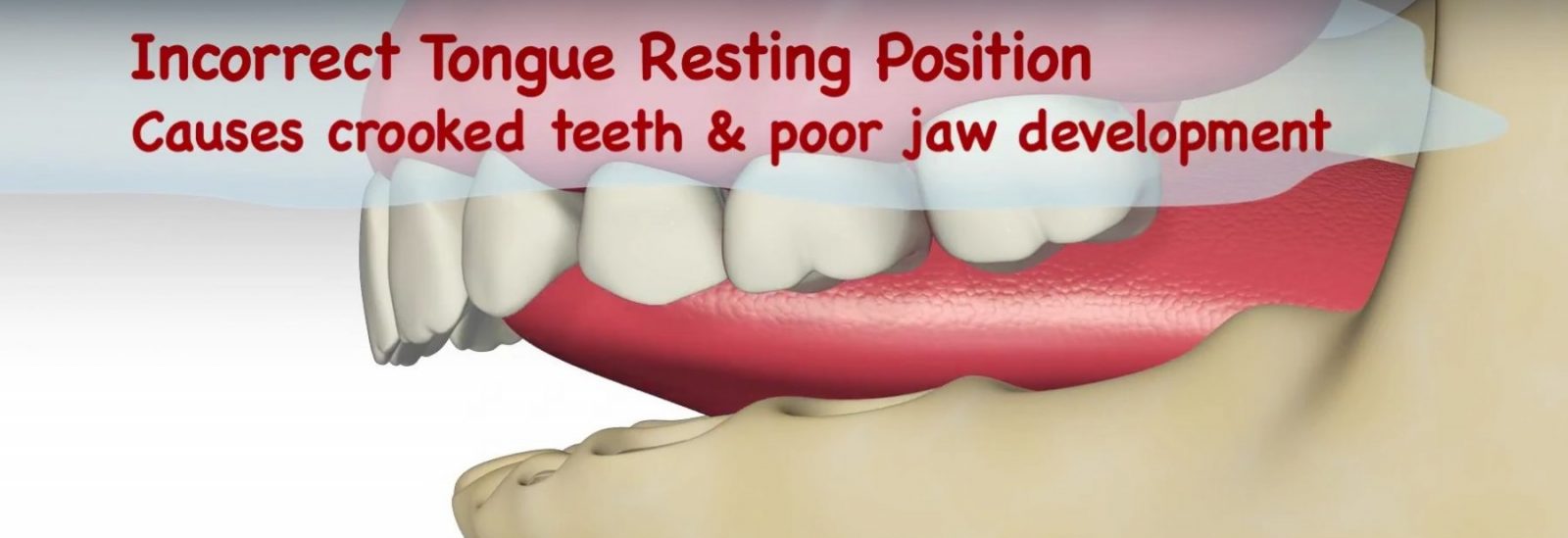 Myofunctional Therapy aims to correct dental dysfunction
Myofunctional Therapy aims to correct dental dysfunction